Overview
Welcome to the world of extreme offroad and performance. If you’re new here, it can feel like you’re already behind. Everyone’s showing off their rigs, lifting this, upgrading that — and suddenly, your stock setup feels like the designated driver at a demolition derby. You know you need to upgrade something, but what? And more importantly… what not to?
Whether you’re just starting out or you’ve already made a few expensive mistakes, this guide will help you cut through the noise. We’ll show you which 4x4 upgrades not worth it to avoid, which ones are actually worth it, and how to figure out your off road upgrade priorities based on your goals — not what Instagram says looks cool.
Table of Contents
- Why So Many Rigs End Up Overbuilt
- The Upgrades That Look Tough — But Just Waste Money
- The Gear That Actually Makes a Difference
- Trail-Specific Mods (And When They’re Worth It)
Why So Many Rigs Get Overbuilt Off road Customization
The Trap of "More is Better" Thinking
It’s easier to start upgrading than it is to stop. That’s the trap. You throw on a few flashy mods — maybe a light bar, oversized tires, or a lift kit — and suddenly your rig looks like it belongs in a best overland accessories catalog. But the truth? A lot of those parts don’t actually help on the trail.
In fact, this kind of off road customization can backfire. Taller suspension lifts often reduce ride quality. Heavy steel armor can drag down your MPG. And cheap add-ons like intakes or throttle boosters rarely make a dent in real-world offroad terrain performance. This mindset — “build big first, figure it out later” — causes more frustration (and blown budgets) than any muddy hill ever could.
Off Road Upgrade Regrets That Cost More Than You Think
Plenty of drivers come to us after wasting money on mods they never use. A winch bumper bought before they ever tackled a trail. A $1,000 snorkel used once for an Instagram shot. Or lockers they thought they needed… until they learned how far factory traction control can go.
This isn’t about shaming your build. It’s about helping you avoid what others wish they’d skipped. In a poll across four off-road forums and communities, over 60% of respondents said they’d take back at least one major mod decision. And most of the regrets? Came from prioritizing looks or internet advice over actual trail time.
Off Road Upgrade Priorities: What Comes After the Mistakes?
That’s where smart planning comes in. Not all upgrades are bad — far from it. Some are essential, like best off road winch setups or basic protection like skid plates. But the key is knowing your terrain, your loadout, your goals. Are you building for offroad terrain weekends with the family? Overlanding solo through Utah? Hitting black diamond rock gardens?
Once you stop chasing someone else’s build and start prioritizing what you need, everything changes. The next section will walk you through how to identify your off road upgrade priorities, so you get more from your rig — without draining your wallet.

4x4 Upgrades Not Worth It — Even If They Look Cool
Let’s get one thing straight: just because something looks like it belongs on a trail rig doesn’t mean it actually does anything on the trail.
If you’re building your first setup, or maybe just browsing jeep parts and accessories like a kid in a candy store, you’ve probably got a wishlist full of shiny things. And hey, no shame in that. We’ve all been there — staring at a full-body steel armor kit thinking, this is what real off-roaders run.
But I’ll tell you the truth, straight up: a lot of the most common upgrades are dead weight. Financially, functionally — sometimes even literally.
Let’s break down some of the most overrated, underperforming, wallet-burning mods people keep throwing on their rigs… and what you should think about instead.
Tall Suspension Lifts
Do I Need a Lift Kit for Off-Roading? Here’s a hot take from someone who’s tested everything from stock to sky-high: most people don’t need a big lift. You think you want it for clearance, for articulation, for “the look.” But unless you’re rock crawling Moab every weekend, it’s often a giant compromise for daily drivability, MPG, and ride quality.
Want numbers? A 4” lift on a stock Toyota 4Runner TRD with no gearing change can knock 3–5 MPG off your fuel economy. That adds up fast. Plus, the center of gravity goes up, your handling gets sloppy, and suddenly that drive to work feels like steering a boat in a windstorm.
Before you add height, ask yourself — is your off road terrain demanding it? Or are you just chasing ego? A mild lift with proper tuning will take you way further than a tower-on-wheels that looks cool in the parking lot.
🔗 Jalopnik’s regret story on lifting a daily driver
Oversized Tires
Every new off-roader wants to jump to 37s. It’s like a rite of passage. But here’s what happens:
You get the tires. → Suddenly your stock gears aren’t cutting it. → Your fuel economy tanks. → Your braking distance increases. → You realize you need new wheels, possibly new axles, definitely a regear, maybe driveshaft upgrades…
Welcome to the overbuilt jeep problems club.
Worse yet? Oversized tires without proper suspension tuning will rub. Badly. We’ve seen brand-new jeep wrangler jk accessories installs ruined after one trail run because the tires chewed through the fenders.
If you’re not crawling boulders or mud-bogging for sport, stick with modest all-terrain tires and focus on other must have off road parts first.
Snorkels
Let us guess — you saw a reel of a Tacoma fording a river and thought, I need that. But unless you’re regularly dunking your intake in offroad terrain that looks like an Oregon river crossing, a snorkel is basically the automotive version of a selfie stick: flashy, rarely useful, and kind of ridiculous when you’re just commuting or doing trail rides in dry country.
Snorkels can introduce leaks, mess with airflow, and make you think you’re invincible in water… until your diffs take on water because you didn’t install extended breathers. Priorities, people.
If you’re browsing jeep or toyota parts and accessories — start where it matters. We’ll cover that in the essentials.
Full Light Bar Setups: When Looks Outshine Function
Here’s the truth: most people who bolt on six LED bars aren’t night wheeling. They’re just cosplaying Baja 1000.
Sure, lighting helps — but function comes first. One high-quality fog light setup or angled camp light beats a dozen flood bars that blind your spotter and kill your battery. I’ve seen rigs decked out like an airfield runway that couldn’t light up the trail past their hood line.
Especially if you’re shopping universal auto accessories, ask: what problem is this solving?
Intakes, Chips, Exhaust, and the “Performance” Rabbit Hole
Look, if I had a dollar for every intake kit I’ve removed after someone realized it gave zero real gains… I’d finally afford that fridge I keep putting off.
Most of the time, these upgrades just make your rig louder. The real off road performance vs protection tradeoff comes when you’re adding weight or complexity without a clear benefit. Want better response? Focus on proper gearing and throttle control. Want reliability? Don’t touch what’s working.
Lockers
I’ll be blunt: too many people rush into lockers because they read it in a “top 10 list.” Yes, lockers can help — but not when you don’t know how your factory system works. Many modern rigs like the jeep gladiator accessories or toyota 4runner parts and accessories come with surprisingly capable traction management out of the box.
Full Steel Armor Builds
Is Body Armor Necessary?
Unless you’re crawling hard trails every weekend, most rigs don’t need full underbody armor. Even if you are, you still don’t need to go full tank mode.
A full steel wrap with jeep tj body armor, steel sliders, steel bumpers, steel skid plates — yeah, it’ll protect you. It’ll also weigh 400–600 lbs and kill your gas mileage. But for example well-placed aluminum skid plate for jeep wrangler jk or modular setup gives you protection and performance.
Ask yourself: is this about real-world off road gear checklist needs, or about showing off?
🔗 Want to dig deeper into the gear we all regret? Here’s the full confessional on Expedition Portal.

The Ultimate Checklist of Off-Road Upgrades (and What Not to Waste Your Money On...)
Basic Off Road Essentials That Actually Improve Every Trip
You don’t need a $60K build to have a damn good time off-road. You just need gear that actually works — the kind of stuff that gets you unstuck, keeps your rig intact, and makes sure you get home in one piece.
We’re talking the real must-haves here. The foundation. The parts people regret not buying first.
So if you’ve been endlessly Googling must have off road parts, starter upgrades for 4x4, or off road gear checklist and getting hit with the same recycled top-10 lists… skip the fluff. We already wrote the real thing.
Mods for Off Road Trails That Only Make Sense in Some Conditions
Just because a mod exists doesn’t mean you need it. We see too many folks buying jeep gladiator accessories or toyota 4runner parts and accessories that looked cool on Instagram — but added no value on their local trails. A shackle reversal system might be amazing in rocky terrain and useless in sand. An arb twin compressor might change your world — or just be an overpriced air pump.
That’s why we put together two key posts to help you choose smart. One breaks down which upgrades work best on what terrain — and how to match them to your trail needs. The other lays out the difference between overlanding, off-roading, and crawling, so you stop buying parts for a build you’re not even doing.
👉 This is your go-to if you’re figuring out off road customization priorities, mods for weekend jeep trips, or off road performance vs protection tradeoffs.
🔗 Overlanding vs. Offroading vs. Rock Crawling: Which Adventure Fits You Best
🔗 Build a Rig That Handles Any Terrain
Must Have Off Road Upgrades — What Every 4x4 Actually Needs
Every platform has its quirks — and every off-roader hits that point where they realize: “Okay, time to stop guessing and actually dial this build in.”
If you’re running a Jeep, there’s a lot you can do wrong — and even more you can do right. But knowing which Jeep upgrades are essential] means understanding your rig’s limits. Same goes for Toyotas. A stock Tacoma or 4Runner might get you out there, but a few smart upgrades? That’s what turns your build from capable to unstoppable.
We’ve broken it down by platform, so you’re not stuck digging through generic advice meant for “some other rig.” These guides show you the parts that work, the ones that last, and the installs worth your time.
👉 Jeep driver? We’ll show you how to build smarter — whether it’s choosing the right Jeep TJ rear bumper or dialing in suspension for real-world performance.
🔗 The Ultimate Guide to Upgrading Your Jeep
👉 Toyota owner? We’ve got you covered — from Toyota 4Runner TRD skid plates to the best Toyota aftermarket parts for protection, comfort, and long-haul reliability.
🔗 The Ultimate Guide to the Best Toyota Aftermarket Parts

Final Thoughts
If this post helped you skip a few costly mistakes, awesome. That was the point. But if you’re still asking, “Okay, but what about my specific setup?” — we’ve got you.
Because real off-roaders don’t build for show.
They build for go.
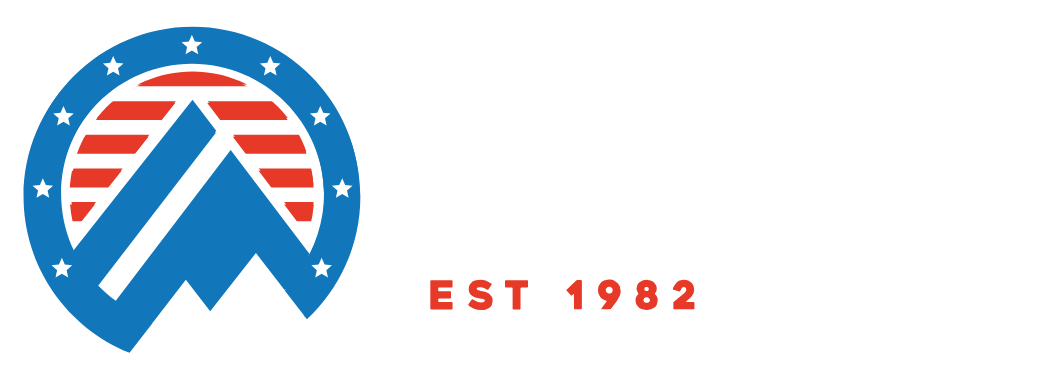
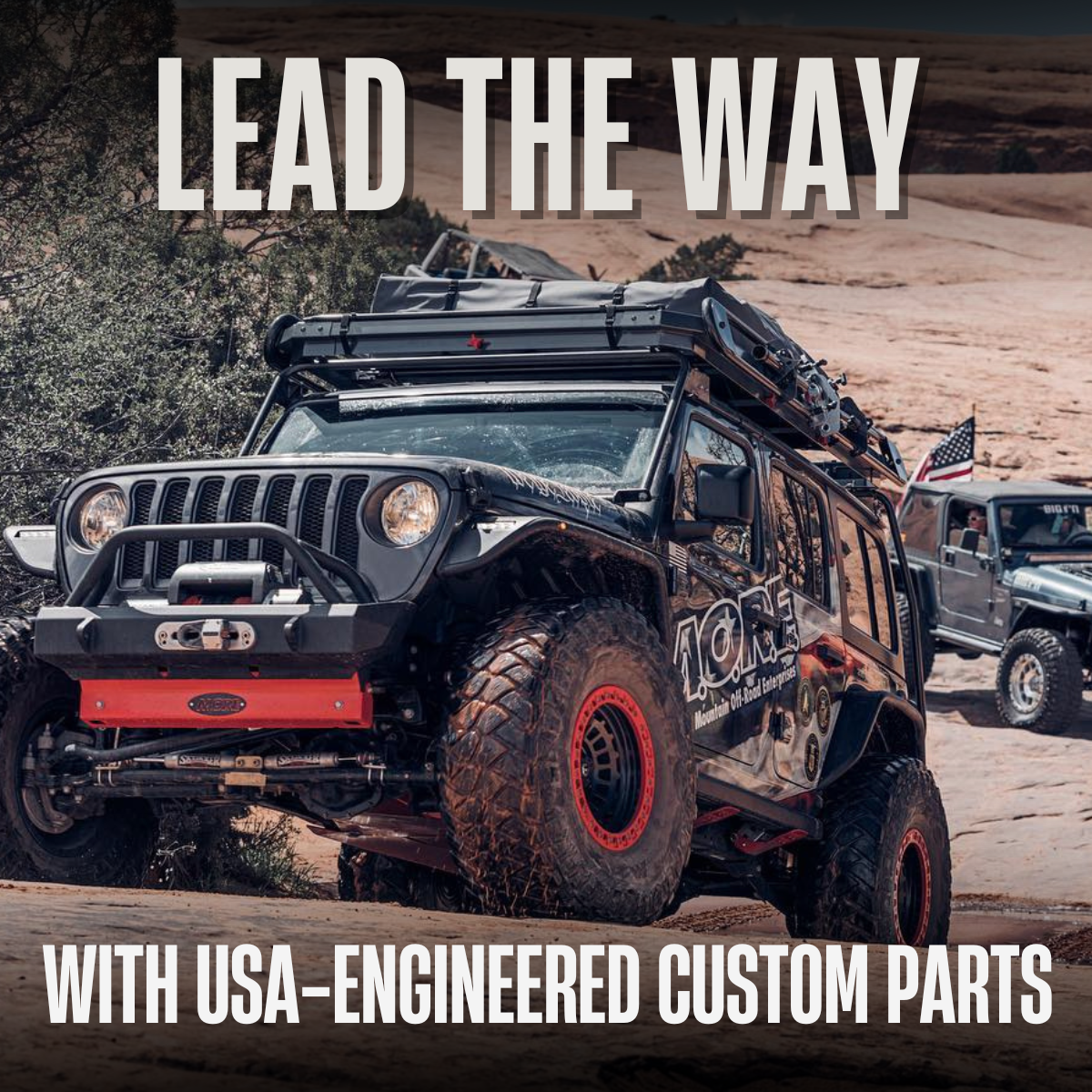
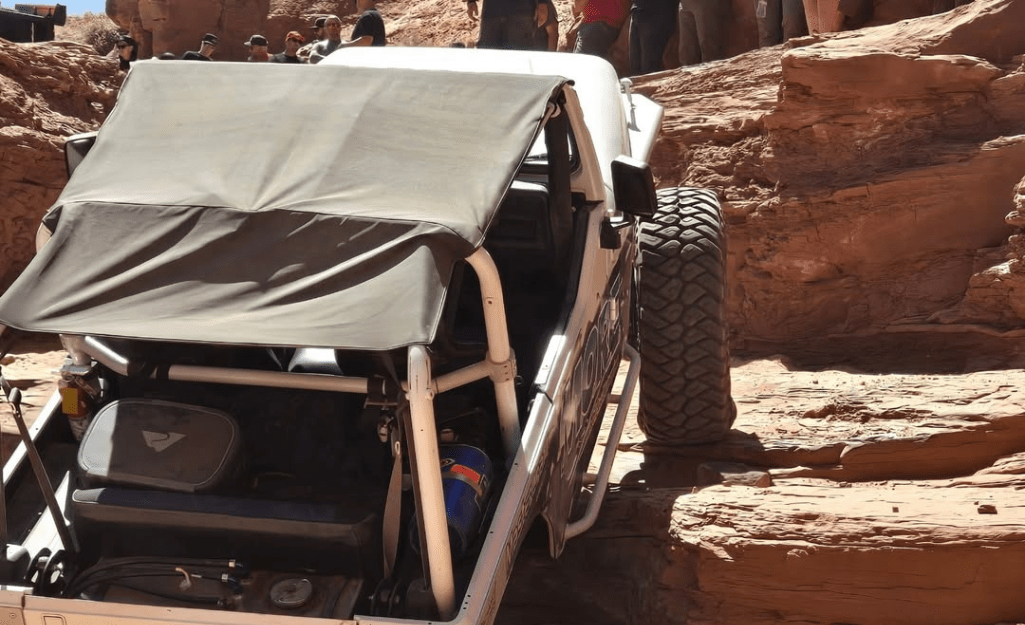
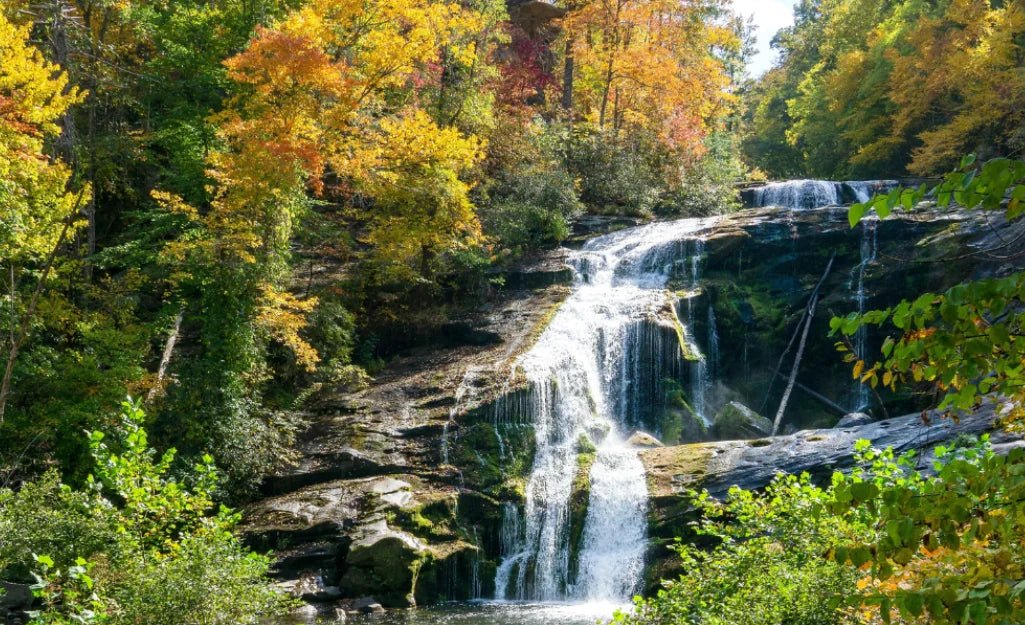
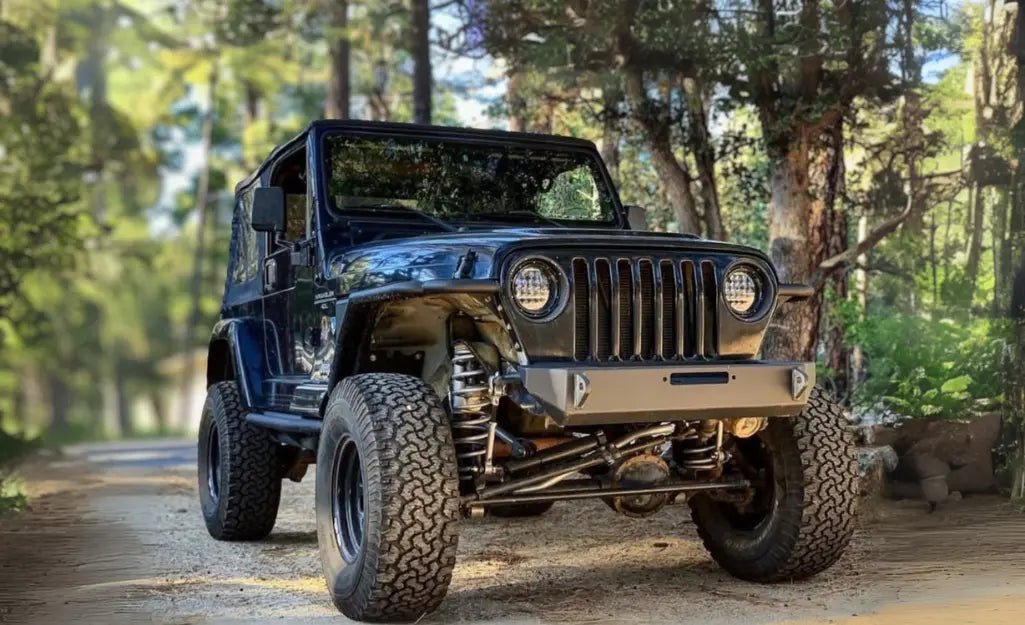
Leave a comment
This site is protected by hCaptcha and the hCaptcha Privacy Policy and Terms of Service apply.